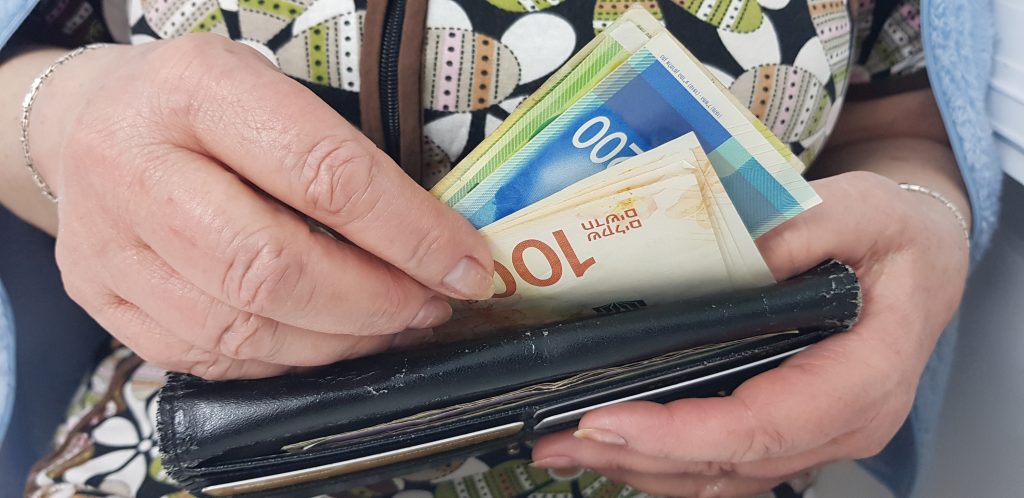Welcome to Rewire’s 4-part series about budgeting for migrants. Managing finances in two countries simultaneously is tough, but by creating and sticking to a budget plan, you’ll have an easier time saving your money. In this series, you’ll learn what goes into a budget, how to create your own budget, and some tips to help you along the way.
Setting Budgeting Goals
The final piece of the puzzle for building a budget is making sure you have good habits when it comes to saving and spending. One of the reasons a lot of people create a budget is to reach a goal, such as saving a set amount of money a month or saving for a big purchase. When setting your goal, consider the SMART method:
- Specific – your goal should be specific and clear, not vague
- Measurable – you should be able to clearly measure what achieving your goal looks like
- Achievable – make sure your goal is achievable within your budget
- Realistic – set realistic goals that you’re sure you can accomplish within your constraints
- Timely – create a timeline for your goals, such as milestones in months or years
For example, instead of saying “I want to save money,” a SMART goal might look like “I want to send my family €2,400 over the year, so I’m going to make sure I have enough room in my budget to save €200 each month.”
6 Tips for Creating Good Budgeting Habits
- After creating your SMART goals, you’ll have more direction with where you want to take your budget. Now that you know what goes into a budget and how to create one for yourself, it’s time to make sure you’re following good budgeting habits to ensure that you maximize your budgeting skills so that you stay on track with your spending and are able to save as much as possible. Here are 6 tips for creating good budgeting habits:
- If loans are part of your budget, determine the maximum amount you can afford to pay off and consider it a monthly recurring expense. You might save a little less to start out with, but having fewer or no loans will help you save more in the long term.
- Do you only receive a paycheck once a month? To help with cash flow, divide your pay into four weeks to make sure you have enough to cover all expenses. This might mean setting a limit on the money you can use each week or taking out your income in cash and dividing it into four.
- Remember that every month is different, so don’t worry if your spending or saving changes slightly each month. Try and account for changes each month ahead of time by considering things like holidays, birthdays, or other events.
- Consider using a budgeting app like Mint, Wally, or You Need a Budget. Many of these apps have free versions you can use to plug in your expenses, giving you a convenient way to keep track of your budget every day.
- Try and leave your non-discretionary expenses towards the end of the month. If you see you still have money left over after all your monthly expenses and you’ve reached your savings goals for the month, treat yourself to dinner at a restaurant, a movie, a little bit of shopping, or even to send a little bit extra home as a gift or when there’s a special occasion like a birthday or wedding to celebrate.
- When you’ve reached a point in your budget where you’re comfortable, your income is greater than your expenses, and you’re managing to save or send home the amount you wanted, consider creating an emergency fund for yourself. This can be helpful if you need immediate access to cash whether for a medical emergency or you need to fly home on short notice.
To Wrap Up
You’re finally ready to begin your budgeting journey! After reading through our entire budgeting series, your next step should be creating your first budget. Don’t worry, you can always go back and change it if you find it doesn’t work for you. To keep things budget-friendly, make sure you’re using a low-cost international transfer service to save on transfer fees when sending your hard-earned money back home.










